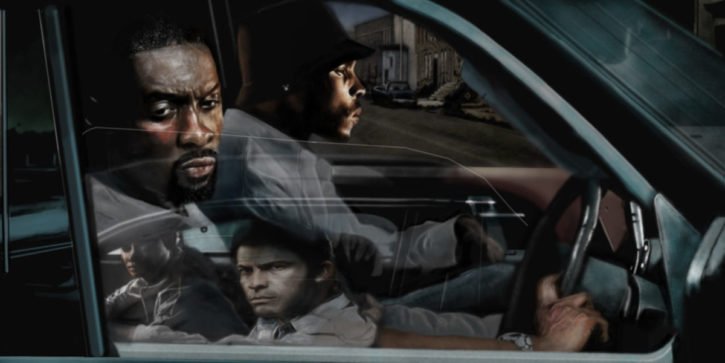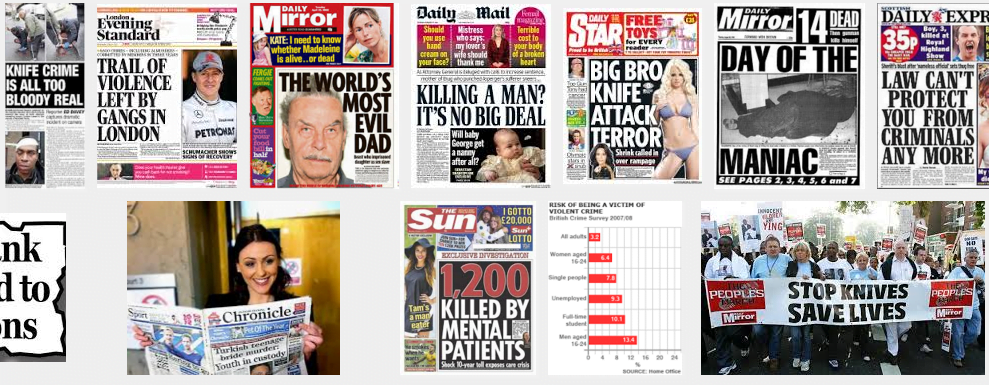This is my second post in a short blog series dedicated to Tom Gash’s new book “Criminal” which sets out to debunk some of our most common myths about crime.
Myth: Crime is rising
Gash starts his exploration of the myth that crime has been rising inexorably over recent times all over the world by looking at the way in which politicians of all parties set the London riots of 2011 in the context of a rising wave of crime which was attributable either:
- To an increasing number of people making selfish criminal choices, encouraged by excessive social tolerance (what Gash calls the “Heroes and Villains” theory) or
- To the increasing inequalities in society with the unrest demonstrating the need for social change (the “Victims and Survivors” camp).
A global crime wave — and fall
Of course, crime did grow considerably throughout most of the 20th century despite massive improvements in the living circumstances of most people in the “developed” world.
However, from the mid 1990s crime fell much more dramatically in the USA and Canada, Europe, Australia and New Zealand and Japan. And most categories of crime fell — murder and violence generally, burglaries, car thefts. Robberies fell less quickly as some criminals stopped trying to get past improved home security and realised that mugging people for their mobile phones might be more profitable.
But the interesting part of the story is that even after crime had been falling steadily for over 15 – 20 years, just 1 in 5 American or English people thought this was the case with only 4% Japanese believing that public safety had improved.
Media and political coverage
Gash explores how sensational media coverage makes people fear the worst and over-estimate their chances of becoming a victim — especially of violent crime. It’s interesting that stories about “feral” youth seem increasingly common, despite the fact that youth crime dropped by 70% between 2005-2015.
Politicians are also to blame, despite a long, steady fall in crime the Shadow Justice Secretary from whichever party is in opposition will pounce on any figure to talk up the crime rate, irrespective of how unreliable it is. A typical example was Chris Grayling in 2009 who compared life in the Moss Side area of Manchester to that depicted in the US crime drama “The Wire.” In that year, two people were shot dead in Greater Manchester (population 2.5 million +) while there were 196 gun fatalities in Baltimore (population 667,000) where the show is set.

Why did crime rise and then fall?
Perhaps the most interesting section of Gash’s chapter on the myth that crime is rising is his exploration of the very different theories explaining the rise and fall of crime, all of them backed up by detailed statistical studies which come to contradictory conclusions. [For one of the more persuasive theories for the fall in crime, check out this latest study by the Brennan Center for Justice.]
Gash concludes that the reasons that crime rates ebb and flow are complex and that we just don’t know exactly what they are. He counsels against economic models and statistical studies predicated on past occurrences.
At the start of the last global recession following the 2008 crash, numerous commentators (including the Police Federation) confidently predicted a surge in property crimes once the recession bedded in.
These predictions proved to be completely unfounded as property crime continued to drop like a stone (theft was down another 7% in 2015).
Needless to say, that didn’t stop this sort of headline:


It’s no wonder that so many of us are still convinced that crime is rising.
Next week’s post explores how Tom Gash deconstructs another common crime myth:
We need radical reforms to reduce crime
You can follow Tom on Twitter @Tom_Gash





One Response
Our leaders have to stop the games they play they are poor examples of how to get along. Professionalism in the public eye can go a long ways in getting the work done for the people that they work for. That means working together on goals like a team. The Media has a big roll in peoples eyes to be fair and honest, present the facts without opinion, let people decide how they feel. Peoples opinions are not racist it just their opinion don’t sweat the small stuff. But their are very evil people out there that just want to destroy us at any cost. That makes it hard for the common good to prevail.